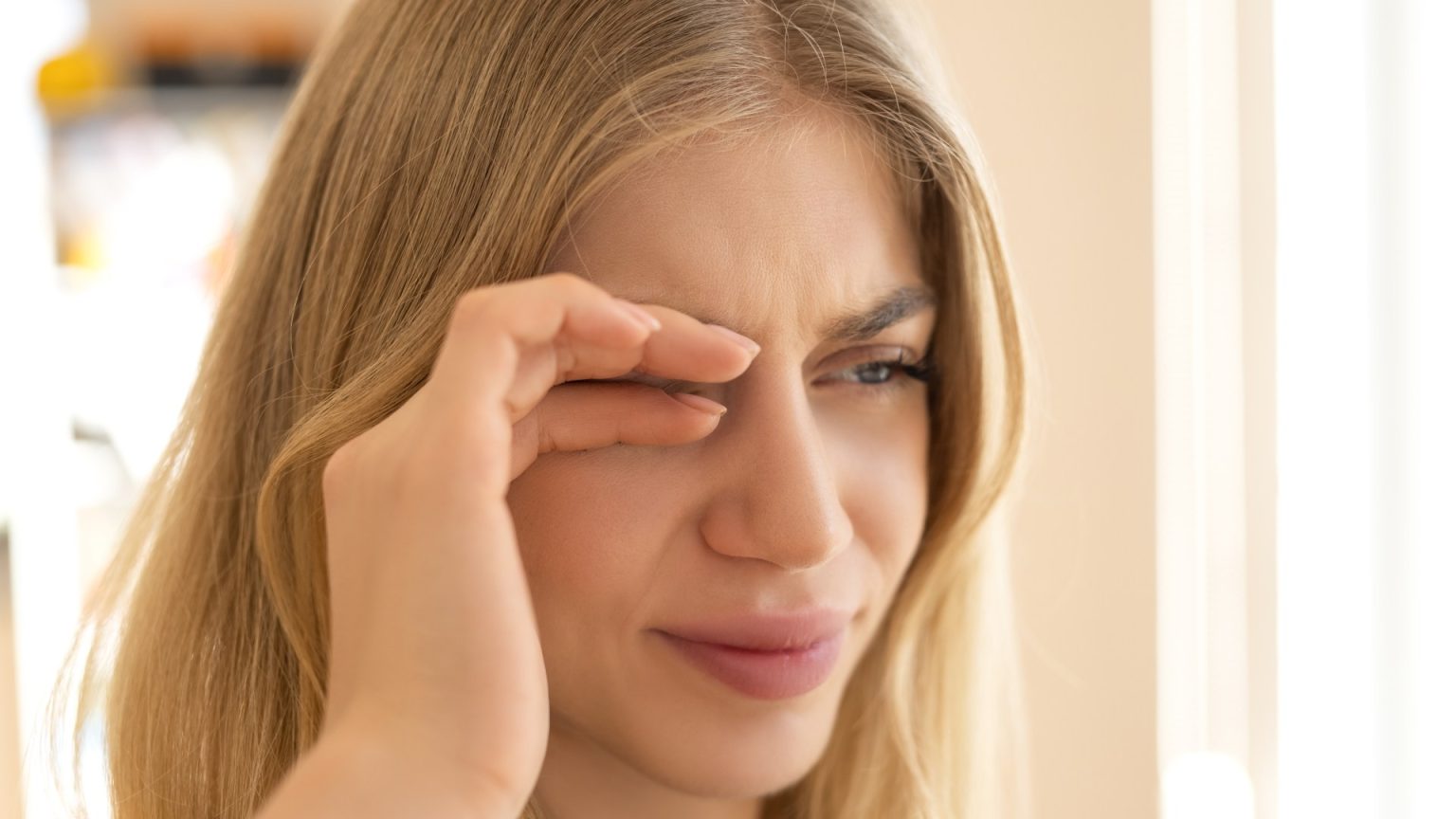Eye Twitching: A Common and Usually Harmless Occurrence
Eye twitching, that subtle yet sometimes persistent fluttering of the eyelid, is a common experience familiar to most people. Characterized by involuntary spasms of the eyelid muscles, these twitches typically resolve on their own without requiring medical intervention. While often benign and fleeting, understanding the underlying causes and potential implications of eye twitching can alleviate concerns and guide appropriate actions.
Several factors commonly contribute to eye twitching. Stress, fatigue, and inadequate sleep can disrupt the normal functioning of the nervous system, leading to muscle spasms. Excessive caffeine and alcohol consumption can also stimulate nerve activity and increase the likelihood of twitching. Certain medications may list eye twitching as a potential side effect, highlighting the importance of reviewing medication information and consulting with a healthcare professional if necessary. Additionally, eye strain, often associated with prolonged screen time or uncorrected vision, can contribute to eyelid fatigue and twitching.
In most cases, eye twitches are transient and self-limiting, resolving within a few days or weeks. Simple self-care measures can often provide relief. Prioritizing sufficient rest and relaxation, incorporating stress-reduction techniques, and gently massaging the affected area can help alleviate muscle tension and reduce twitching. Minimizing caffeine and alcohol intake can also contribute to reducing the frequency and intensity of twitches.
While the majority of eye twitches are harmless and temporary, persistent or severe twitching warrants further evaluation. If a twitch persists for more than two weeks, affects multiple areas, or is accompanied by weakness or stiffness, consulting a healthcare professional is essential. These symptoms may indicate underlying medical conditions requiring diagnosis and treatment.
Rarely, persistent eye twitching can be a symptom of underlying neurological conditions. Benign fasciculation syndrome, characterized by long-lasting muscle twitches and cramps, is a relatively uncommon but generally benign condition often associated with stress, strenuous exercise, or illness. Dystonia, a group of conditions causing involuntary muscle spasms, can also manifest as eye twitching. In some cases, persistent twitching may be associated with more serious neurological conditions, such as motor neuron disease, although this is rare.
Several other conditions may be associated with eye twitching, although these are generally less common. Blepharitis, an inflammation of the oil glands near the eyelashes, can cause eyelid irritation and twitching. Bell’s palsy, a condition causing facial weakness or paralysis, can also lead to eyelid twitching, although this typically resolves spontaneously. Multiple sclerosis and Parkinson’s disease are neurological conditions that can sometimes manifest as eye twitching, either as a direct symptom or as a side effect of medications used to treat these conditions. Meige syndrome, a rare neurological disorder characterized by involuntary muscle contractions in the face and eyelids, can also cause eye twitching. Tourette syndrome, a neurological disorder characterized by tics, can also manifest as eye twitching.
While eye twitching is usually a benign and self-limiting phenomenon, understanding the potential causes and recognizing when medical attention is necessary can provide reassurance and ensure appropriate management. For most individuals, simple self-care measures are sufficient to alleviate the discomfort and duration of eye twitching. However, persistent or concerning symptoms should prompt consultation with a healthcare professional to rule out underlying medical conditions and guide appropriate treatment.




